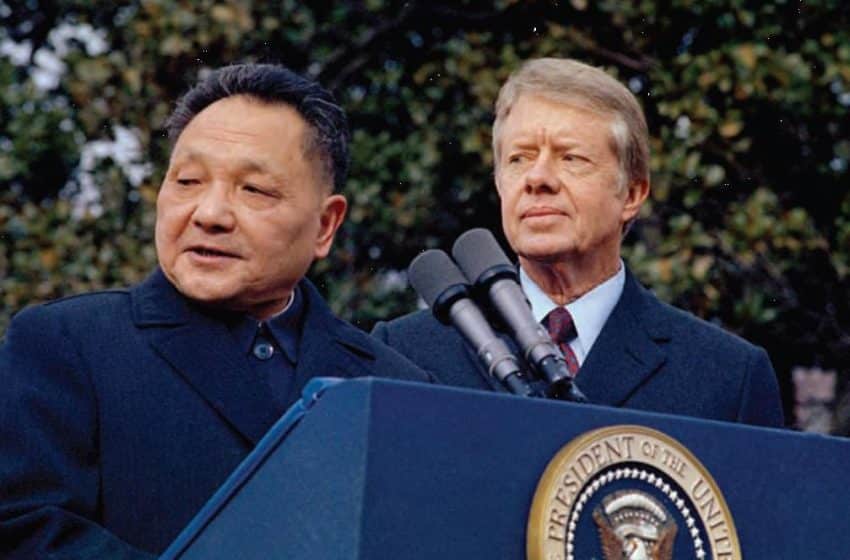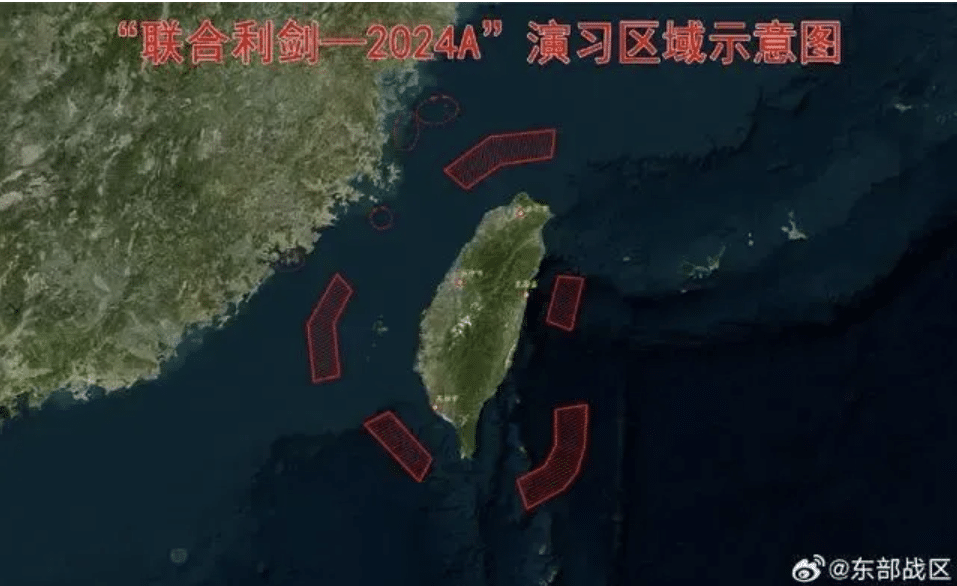USCNPM: Our Best Reads of 2021
We are pleased to share that 2021 was a record year for the U.S.-China Perception Monitor. With articles written by journalists, professors, students, and professionals, the website published important perspectives about U.S.-China relations from both sides of the Pacific.
Here is some of the top content of 2021 according to online engagement.
#1. “Breaking Down Hu Xijin’s Challenge to Li Guangman’s ‘dazibao’”
Taking the #1 spot was a commentary written by the U.S.-China Perception Monitor’s own chief editor, Dr. Yawei Liu, who serves as the Senior Advisor on China at the Carter Center. Discussing an unusual article about the prospect of a new ‘social revolution’ that was platformed across Chinese state media, Liu examines the historical legacy the article draws upon, the veracity of its claims about ongoing changes in China, and speculates about why it elicited criticism within the country, including from chief editor of the Global Times Hu Xijin. Filled with political intrigue and fascinating comparisons to big-character posters during the Cultural Revolution, Liu’s article is not one to miss.
#2. “The Pulse: Chinese Public Opinion”
In the #2 spot are the results of the Carter Center’s and RIWI Corp’s pilot survey of Chinese public opinion, The Pulse. Co-developed by Michael Cerny and Yawei Liu, the survey measured Chinese citizens’ attitudes toward the United States and how Chinese citizens believe China is perceived internationally. Initial results found that 62% of Chinese citizens have an unfavorable view of the United States, and that 78% believe China is viewed favorably around the world. To read the full results alongside expert commentary, visit the page here. The project was also featured on a November episode of the Sinica podcast, which you can listen to here.
#3. “Who is Qin Gang” & “Qin Gang Is (Not) a Needle in the Haystack”
For the #3 spot, we have compiled some of our recent content on Qin Gang, China’s new ambassador to the United States. The U.S.-China Perception Monitor was the first to break the news of Qin’s appointment in July after the retirement of veteran diplomat Cui Tiankai. At first, Qin appeared to recognize the importance of the bilateral relationship, over Twitter. At a joint webinar held by the Carter Center and the Bush China Foundation, however, his remarks left little room for optimism about whether the U.S. and China will soon reach a turning point in the relationship. To read a summary of the event by USCNPM contributor Rob La Terza, please click here. A recording of the event can be watched on YouTube.
#4. “Ethiopia’s Grand Renaissance Dam: Assessing China’s Role”
The Grand Ethiopian Renaissance Dam (GERD) is a controversial $4.6 billion USD infrastructure project that has incited significant tension over the past decade between Ethiopia and its neighbors Egypt and Sudan. In this article, USCNPM contributor Raphael J. Piliero explores the geopolitical history behind water rights over the Nile, how the GERD implicates this history, and China’s involvement in the massive infrastructure project. Piliero concludes that “Chinese involvement is also likely not driven by altruism, but instead is a component of their broader political strategy in Africa: encouraging strong relationships with countries that can lend legitimacy to their great power ambitions.” To read his full analysis, please click here.
#5. “The View from Beijing: America’s Mirage of ‘Strength’” & “Positioning America’s Strength: Speak Realities, not Opinions”
Last but not least is a fascinating debate by two Xinhua journalists (Xu Zeyu and Zhai Xiang) and a doctoral student in government at Princeton University (Elliot Ji) about whether the United States is able to engage China from ‘a position of strength.’ On one hand, Xu and Zhai argue that the Trump administration “exhausted what strength the U.S. had by launching capricious trade war offensives and aggressive sanctions on Chinese companies,” and cite the unwillingness of key American allies, including Germany and France, to get on board with the Biden administration’s strategy to counter China’s growing influence. On the other, Ji warns against underestimating American strength, writing that narratives of American ‘decline’ often rely on cherry-picked evidence and fail to consider China’s own disadvantages. “There is little reason to suspect that America’s core strength regarding the economic value chain, technological innovation, and alliance-enabled military superiority is diminished in a zero-sum manner as China gains momentum in one or many of these areas,” Ji concludes.
Our Pick of the Year: “Go beyond ‘Understanding China for the World’”
Although it didn’t reach a top spot for online engagement (though it came fairly close), an article worthy of recognition is Hu Xiaojiang’s memorial essay of Ezra Vogel, an esteemed professor of Chinese history at Harvard University who passed away in December, 2020. Shortly after, the Chinese People’s Association for Friendship with Foreign Countries (CPAFFC) and the Institute for Global Cooperation and Understanding (IGCU) of Peking University organized an online memorial for Professor Vogel in January, 2021. The U.S.-China Perception Monitor was permitted to publish Professor Hu’s remarks from the webinar. “[T]he best ways for us Chinese to carry on Ezra’s legacy,” Professor Hu writes, “is to cherish his most valuable advice to China, to make more people outside China into friends like him, and to make more people inside China more like Ezra for the world.” To read Professor Hu’s full remarks, please click here.








